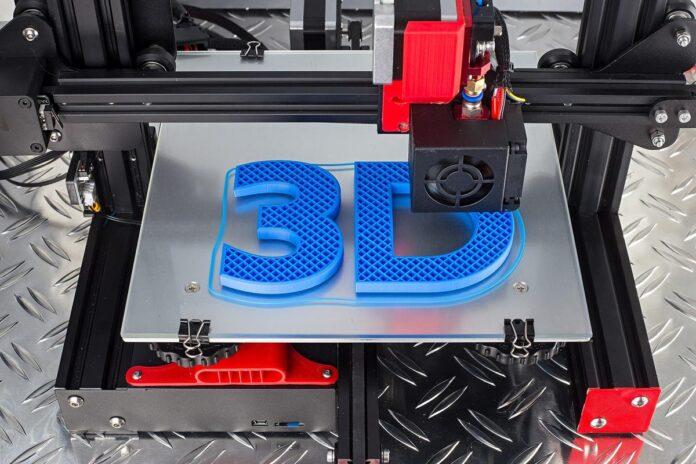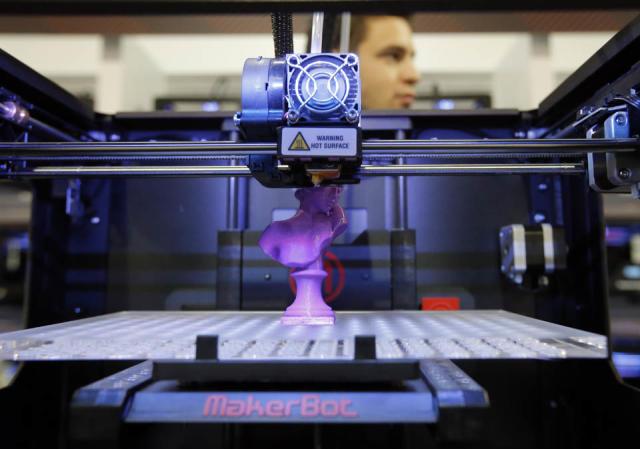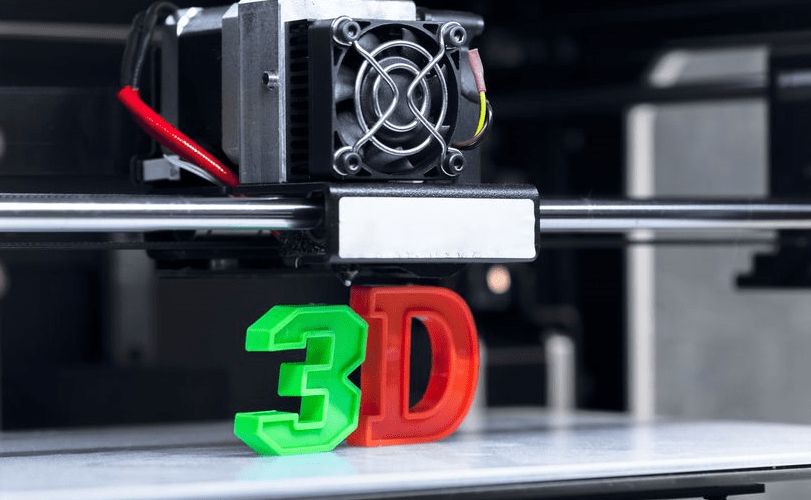
Did you know 3D printing was a mere idea in 1980? Charles Hull was an American engineer who introduced 3D printing in 1986.
A prototype for stereolithography was developed by him. He used photopolymers to transform liquids into solids using ultraviolet light. Patented by him was the SLA Printer.
SLS and FDM are two 3D printing methods. SLS prints 3D products using powder grains, while FDM uses heat to layer 3D model. These two printing technologies laid the foundations for 3D printers.

3D filaments manufacturer has transformed 3D printing. 3D printing (also known as additive manufacturing) always begins with a digital design, since the technology used is digital by nature. Electronic files are used for the production of parts and products. These electronic files can be created with computer-aided designs (CAD) or downloaded from digital part repositories. The design is split into slices or layers by slicing software. This software converts the model into layers and creates instructions for the 3D Printer to follow.
3D Printing can be further explained by breaking it down into four steps: modeling, slicing (slicing is the process of cutting), printing and post-processing.
Modelling
This is the stage where we create a 3D-model from scratch, or download it from a 3D-library. A variety of 3D filament suppliers offer different colors for 3D models. From industrial-grade to open-source, 3D software is available. A digital model is required before we can print a 3D item.
Modeling allows us to convert the part or product we wish to print into a digital version that can be printed using a 3D Printer. 3D modelling (such as CAD) software allows us to create 3D objects.
Beginners in 3D printing can start with Tinker cad, which is free and works on the browser, and need not be installed on a computer.
Slicing
Slicing is the process of preparing a printable 3D file. A 3D model can easily be divided into hundreds or even thousands of layers using slicing software.
The 3D printer can calculate the route, and amount of filament needed to print the model using slicing. Slicing software allows for the creation of customised configurations and precise support structures.
Printing

After our printable file has already been sliced it is ready to be uploaded to the 3D Printer. The sliced files can then be uploaded to the printer and calibrated. Calibration of the extruders, printing base and printing base is necessary to ensure printing accuracy. The file can be fed to the printer via USB SD or Wi Fi. The sliced file is now ready to be 3D-printed layer by layer.
Post-processing
Post-processing is a final step of 3D printing. Post-processing includes the following steps:
Supports can be removedAfter printing, you remove the support while leaving the filament on the surface.
SandingYou can use sandpaper to smoothen the model.
Colouring PagesModels can be colored according to personal preference.
PolishingSurfaces can be brightened and covered with other processes or coatings.
Welding / AssemblingThe parts of a model can be assembled into a whole if the product has several parts.
Diverse industries are using 3D printing for a variety of applications.
Some examples of 3D printers in use are:
- Consumer products (eyewear, footwear, design, furniture)
- Industrial products such as prototypes and manufacturing equipment
- Dental products
- Prosthetics
- Architectural scale models & maquettes
- Reconstruction and reconstruction of fossils
- Replicating ancient artefacts
- Reconstruction of evidences in forensic pathology
- Movie props
Companies also use 3D printers to design prototypes. This is called rapid prototyping.

3D printing also uses rapid manufacturing where 3D printers used for short-run / small-batch custom manufacturing.
As 3D technology continues to develop, it will impact almost all major industries. #hydnews #khabarlive